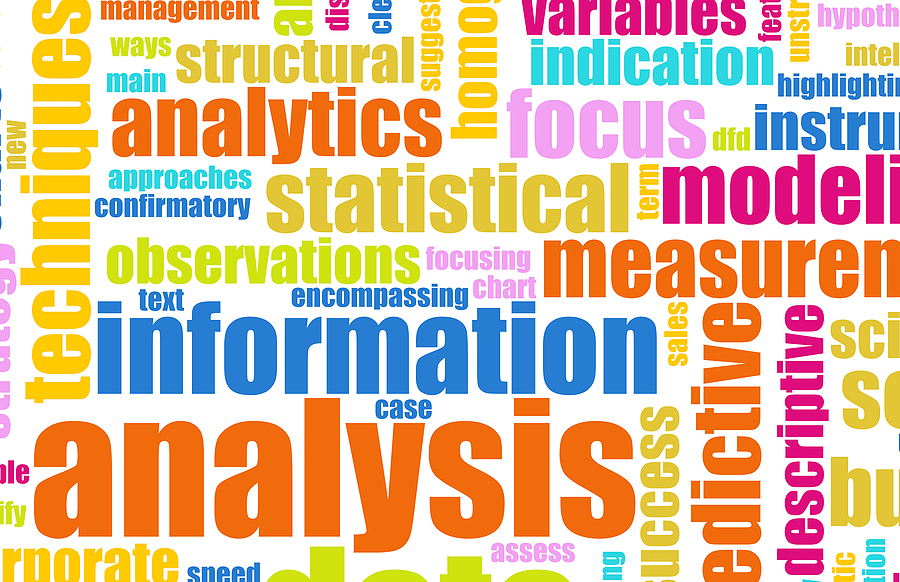
The Power of Patience: Why Public Relations is a Long-Term Strategy
In today’s fast-paced, digital age, where instant gratification is the norm, it’s easy to get caught up in the desire for quick results. However, when it comes to building a strong brand presence and gaining media attention, public relations is a long-term strategy that demands patience and persistence. Developing a comprehensive long-term PR strategy is […]

In today’s fast-paced, digital age, where instant gratification is the norm, it’s easy to get caught up in the desire for quick results. However, when it comes to building a strong brand presence and gaining media attention, public relations is a long-term strategy that demands patience and persistence. Developing a comprehensive long-term PR strategy is essential for building a strong brand reputation and maintaining a positive image in the eyes of your target audience. It requires careful planning, consistent effort, and a deep understanding of your audience’s needs and preferences.
Let’s explore why public relations is a marathon, not a sprint, by delving into the time it takes to establish relationships, the importance of timeliness, relevancy, and seasonality in your press angles, and the importance of integrated strategies.
Building and Nurturing Relationships
One of the fundamental aspects of public relations is building and nurturing relationships with key stakeholders, including journalists, editors, bloggers, and influencers. These relationships are not built overnight; they require time and consistent effort. PR professionals need to invest in networking with and engaging with these individuals on social media. It’s a long-term process that involves establishing trust and credibility.
For most brands, long gone are the days when a press release sent over the wire would create deep interest in a story. Now, journalists often rely on personal relationships when deciding which stories to cover. This means that a long-term commitment to building relationships can significantly increase your chances of getting media coverage.
Journalists, like anyone else, have limited time and resources. When a compelling story idea comes their way, they want to be able to reach out to someone they know and trust to provide reliable information and access. PR professionals who have invested time in building relationships often find themselves on the receiving end of such opportunities. Thus, the groundwork you lay over time can lead to the perfect opportunity when the right story aligns with your client’s message.
Muck Rack’s The State of Journalism 2023 survey found that 92% of journalists prefer to be pitched via 1:1 email. A 2023 Meltwater survey found that 94% of PR pros agree that 1:1 emails with personalization, communication tracking, and easy file sharing is the way to go to move the needle for their clients’ public relations efforts.
Timeliness, Seasonality, and Relevancy
Timeliness and seasonality also play a critical role in public relations. Different stories and topics resonate differently at various times of the year. PR professionals need to understand the ebb and flow of their industry and adapt their press angles accordingly. In the aforementioned Muck Rack survey, 69% of journalists said pitches that connect to a trending story are most shareable.
Freelance journalist Keyaira N. Boone recently shared on LinkedIn, in response to a question on “Why PR firms ask for a one-year contract?”, that as a freelance journalist writing for multiple, national platforms, she just wrote a story based on a pitch that came in over a year ago; she also recently published a story featuring three experts that were pitched to her over five months ago; and that she must try a product before ethically writing about it, and that takes time. She shared this in frustration that someone would question PR’s role and wonder why publicists encourage long-term engagements with clients.
To put it into perspective, while a clothing brand’s holiday collection would be more relevant to pitch in the months leading up to the holiday season, a tax consultant might want to focus on tax-saving strategies at the beginning of the year. These trends and opportunities can only be maximized with a long-term PR strategy that includes planning and positioning ahead of time.
Events on the world stage can often help or harm public relations efforts as well. During the pandemic, more journalists were interested in amplifying diverse voices, particularly in the Black and AAPI communities. Stories around social justice or that were relevant to the pandemic did better than most other communications efforts.
Moreover, some stories take time to develop and gain relevance. By consistently and patiently working on your public relations strategy, you can ensure that your story angles align with the broader trends and ongoing news cycles.
Integrated Strategies
One key aspect of a long-term PR strategy is establishing clear objectives and goals and syncing them up with other marketing efforts. 89% of marketers think that their campaign strategies are integrated, but only 58% of consumers agree. (Marketers Think Their Campaigns Are Integrated. They’re Not.) A majority of journalists will check out a company’s social media in their vetting and reporting processes (Muck Rack). If what they find is not congruent with the messaging coming from your PR efforts, your brand will lose the trust of the journalist.
PR goals should be specific, measurable, achievable, relevant, and time-bound (SMART) to ensure that your efforts are focused and effective. They may include increasing brand awareness, enhancing thought leadership, improving customer loyalty, or driving customer engagement and/or sales.
Another important element is identifying the most appropriate channels and platforms to reach your target audience. This could include traditional media outlets, social media platforms, industry events, or influencer partnerships. By understanding where your audience is most likely to engage with your content, you can maximize your reach and impact.
In addition, it is essential to regularly monitor and measure the outcomes of your PR efforts. By analyzing data and metrics, you can identify what is working and what needs to be adjusted. This allows you to make data-driven decisions and continuously optimize your strategy for the best results.
Building and nurturing relationships, being on journalists’ radar, and aligning your story angles with timeliness, seasonality and relevancy all require time and commitment. Creating campaigns that are integrated from the start assists in establishing journalists’ trust and credibility for your brand. While the fruits of your labor may not be immediately evident, the long-term investment can pay off with sustained brand visibility, credibility, and media coverage. Remember, in public relations, slow and steady often wins the race, ensuring that your brand remains relevant and influential in the ever-evolving media landscape.
Want to get an objective baseline assessment on your organization’s current brand? Schedule a consult with our PR division.
Share this article

Thought Leaders in Workforce, Education & Entrepreneurship


Comments
There are no comments yet